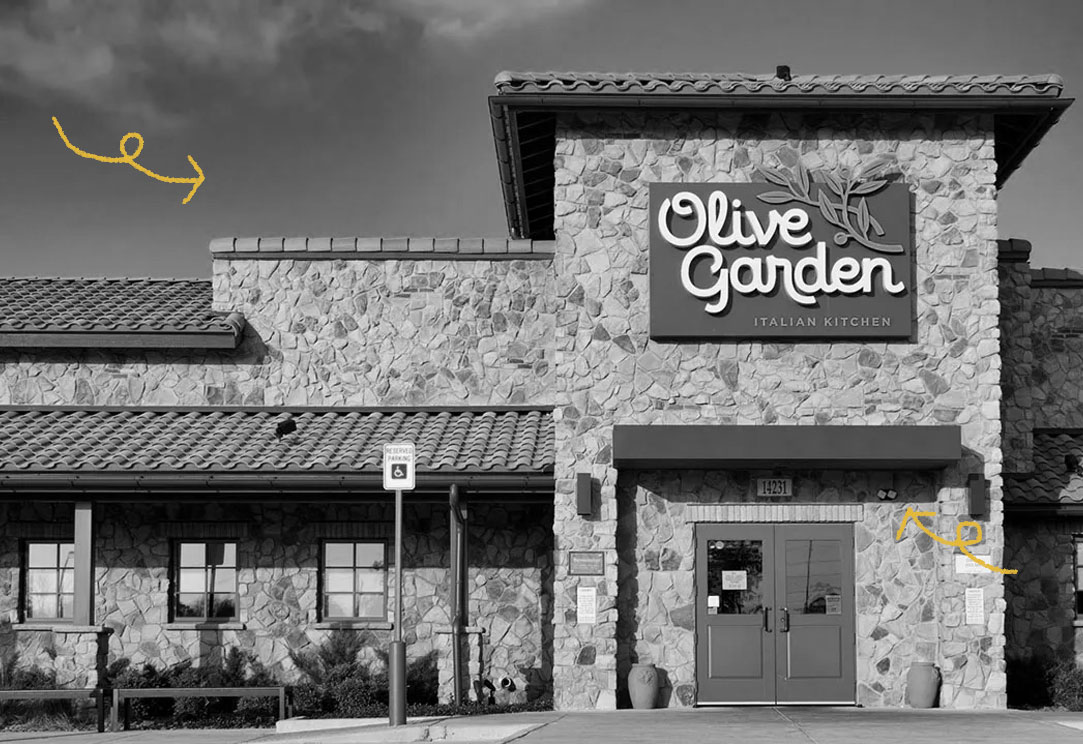Olive Garden was created by General Mills. The cereal conglomerate entered the restaurant industry in 1970, when Red Lobster founder Bill Darden sold off his enterprise to their company. General Mills later followed up this initial foray by creating Olive Garden. Unlike many restaurants, Olive Garden was designed to be a chain restaurant from its inception. The first Olive Garden opened in 1982 in Orlando, Florida. By 1989, there were already 145 locations. In 1995, General Mills exited the restaurant industry by spinning Olive Garden and its other popular restaurant chains — including LongHorn Steakhouse, The Capital Grille, Seasons 52, and Bahama Breeze — into a new, stockholder-owned company called Darden Restaurants Inc. After this change, Olive Garden continued to thrive and became famous for its comforting fare and all-you-can-eat salad and breadsticks. (In 2014, Olive Garden served roughly 675 million breadsticks! While it sounds like a lot, that number breaks out to about 3 breadsticks per customer per visit.) The chain was once known for making up Italian-sounding names for dishes that were not part of Italian cuisine but were instead specifically created for the restaurant, but no longer does so due to lukewarm consumer reactions. The most popular dish is widely considered to be their Chicken Alfredo Pasta. Whether due to the food, familiarity, or the buildings designed to remind customers of a Tuscan farmhouse, Olive Garden continues to be a massively popular chain restaurant in America and has recently had success expanding into Central and South America as well.

Your go-to guide for weird history facts
Subscribe to the FREE daily email that makes learning about history fun.


